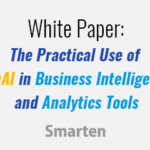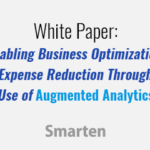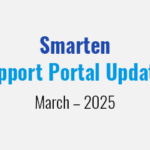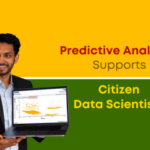Think of What Citizen Data Scientists Can Do to Help Your Business!
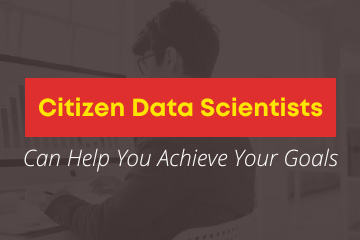
Whether you have recently been nominated to become a Citizen Data Scientist or you are considering the value of this type of transition for your business, managers and team members alike often ask exactly what a Citizen Data Scientist can do. According to technology research firm, Gartner, the number of Citizen Data Scientists will grow at five times the rate of traditional data scientists. If that’s the case, there must be something to this trend, right?
‘Citizen Data Scientists can create new models, share models and collaborate, thereby improving business results and data literacy.’
In this article, we provide some examples of what a Citizen Data Scientist can do to advance the goals and interests of the organization and optimize their productivity and performance. What follows is a short list of sample use cases that leverage predictive analytics. These examples will help the reader to better understand how business users can leverage augmented analytics to perform tasks, refine results and make fact-based decisions on a daily basis.
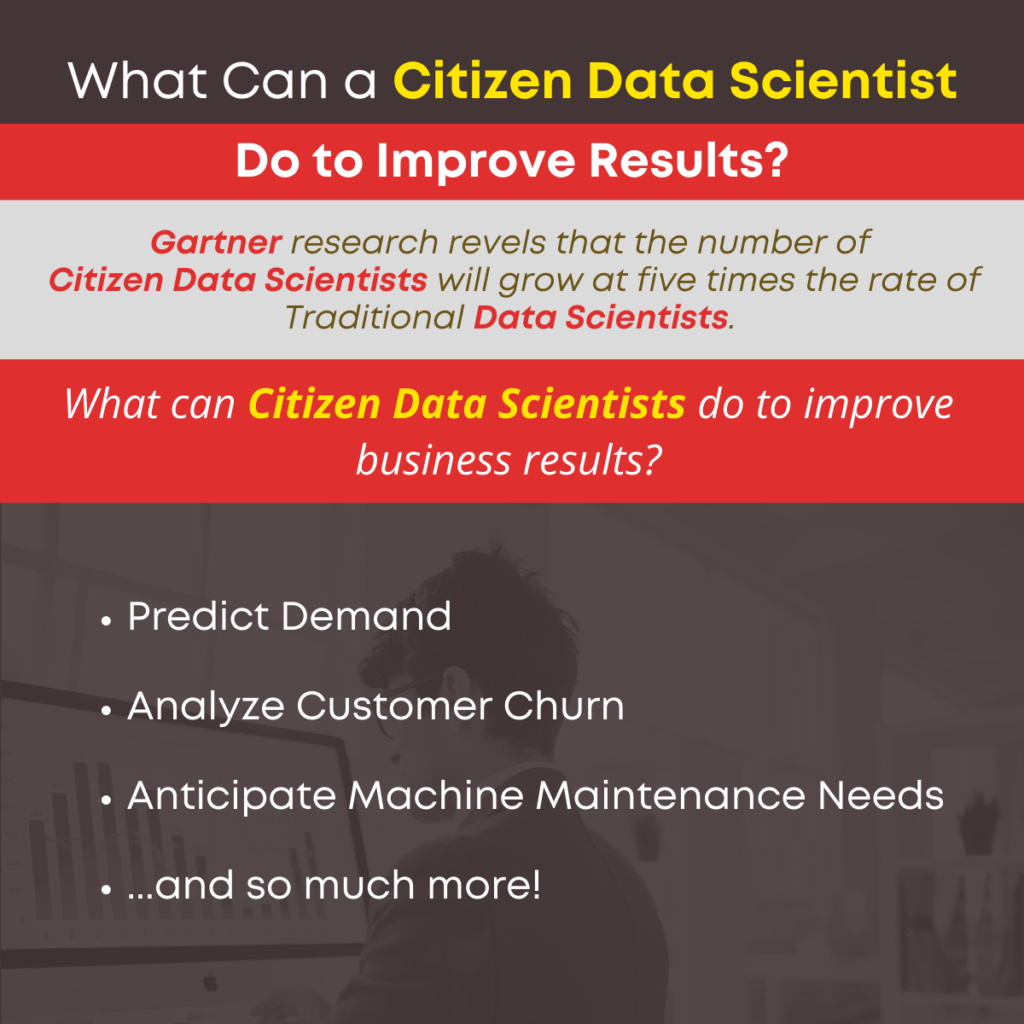
Predicting Demand
If a business wishes to optimize inventory, production and supply, it must have a comprehensive demand planning process; one that can forecast for customer segment growth, seasonality, planned product discounting or sales, bundling of products, etc. In order to predict and forecast and assure product or service availability, the business must also look at the dependability of suppliers, shipping and the purchasing of parts that make up the products. It must also plan for appropriate resources and training and, where necessary, plan for new products. Predictive analytics uses data integrated from appropriate data sources, and augmented analytics allows the business to anticipate production demands, plan for new locations and markets and predict targeted customer buying behavior and changes in product demand across multiple market segments. Assisted predictive modeling is easy enough for every business user and will allow team members to plan at the department, divisional, unit and company level for manufacturing, logistics, travel and hospitality, and product and service sales and marketing. Businesses invest significant funding in inventory and warehousing and shipping and every step along the supply chain. Where demand can be optimized, the business will alleviate the issue of inventory shortages or overages and will optimize production and distribution to improve the bottom line and ensure that customers are satisfied.
Analyzing Customer Churn
The cost of acquiring and interacting with customers is one a business must fund and, every time the business loses a customer (customer churn), it must spend more money to replace that customer. Every business wishes to identify the issues that most often cause a customer to leave. Dissatisfied customers often close an account or choose another service provider without explaining their decision. The business wants to use predictive analytics to identify those customers who were most likely to leave and develop processes and strategies to improve customer retention and reduce customer churn. The business will use the tools provided in assisted predictive modeling to identify customers who are likely to leave, and their issues, improve services and processes and increase customer retention.
Anticipating Machine Maintenance Needs
Sooner or later, all machines will fail and monitoring the condition of equipment is crucial for any enterprise as any unplanned downtime can have greater economic impact resulting in reduced productivity and ultimately loss of customers. Anticipating the need for repairs, allows the business to schedule downtime and control risk and exposure, to order parts so that the enterprise does not experience delays or emergencies or incur additional costs for rush shipments, etc. machine in a good condition is to timely monitor it and detect the patterns to predict the breakdowns. Predictive maintenance of machines helps in evaluating the timely collected machine data in order to gauge its condition and predict when maintenance work is needed. If the enterprise is to succeed, it must strive for accuracy and identify trends and patterns to predict future results and mitigate risk and downtime.
Citizen Data Scientists can use many types of algorithms and techniques to analyze, identify trends, predict, forecast and problem solve. The use cases listed here are meant to give the reader an idea of what business users can do with the right augmented analytics tools. These tools are sophisticated yet easy to use and will allow business users to analyze data, integrated from disparate sources, without the assistance of IT or data scientists.
‘Business users can leverage augmented analytics to perform tasks, refine results and make fact-based decisions on a daily basis.’
Citizen Data Scientists can dive into data, using tools that will alleviate frustration and delays. They can create new models, share models and collaborate, thereby improving business results and data literacy.
Transforming business users into Citizen Data Scientists, provides advantages to the organization, to the business users and to data scientists. Citizen Data Scientist Training provides a solid foundation and builds business user confidence by providing an introduction and fundamental information on Predictive Analytics and other tools these users will employ. The business should also consider engaging an IT consulting partner with knowledge of the augmented analytics market, and a solution and support services to provide the guidance and Products And Services your business will need to succeed.



